
Nereis is a genus of polychaete worms in the family Nereididae. It comprises many species, most of which are marine. Nereis possess setae and parapodia for locomotion and gas exchange. They may have two types of setae, which are found on the parapodia. Acicular setae provide support. Locomotor setae are for crawling, and are the bristles that are visible on the exterior of the Polychaeta. They are cylindrical in shape, found not only in sandy areas, and they are adapted to burrow. They often cling to seagrass (posidonia) or other grass on rocks and sometimes gather in large groups.
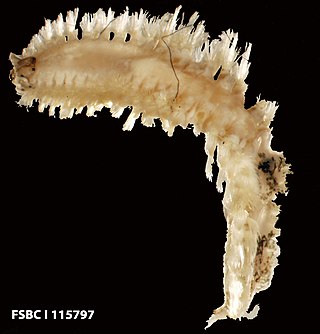
Harmothoe is a genus of marine Polychaete worms belonging to the family Polynoidae. Species of Harmothoe are found world-wide to depths of at least 5,000 m but are more common in shallower water.

Eunice is a genus in the polychaete family Eunicidae. Individuals grow to a length of between 0.5 and 300 cm. Their bodies have multiple segments. They have two eyes and five tentacles. They have well-developed sense organs and relatively large brains. Their color is dark purple-brown to red-brown with a white ring at the fourth segment. They are found in oceans and seas around the world. They have an evertible proboscis with distinctive mouthparts, some of which comprise two rows of maxilliary plates in a radula-like fashion.

Phyllodoce is a genus of polychaete worms, which contains about 200 species. The prostomium bears eyes, two pairs of antennae and a pair of large retractile nuchal organs. The eversible proboscis is clearly divided into two parts.
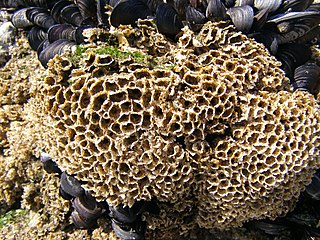
Sabellaria is a genus of marine polychaete worms in the family Sabellariidae. The type species is Sabellaria alveolata. These worms are sedentary and build tubes in which to live from sand and shell fragments. Some species are called honeycomb worms and when they occur in great numbers they can form reefs on rocks and other hard substrates. They are filter feeders, extending a plume-like fan of radioles from the end of the tube in order to catch plankton and detritus floating past. They have a distinctive operculum which is used to block the opening of the tube when the radioles are retracted.

Diopatra is a genus of polychaete worms in the family Onuphidae.

Amphinomidae, also known as the bristle worms or sea mice, are a family of marine polychaetes, many species of which bear chaetae mineralized with carbonate. The best-known amphinomids are the fireworms, which can cause great pain if their toxin-coated chaetae are touched or trodden on. Their relationship to other polychaete groups is somewhat poorly resolved.
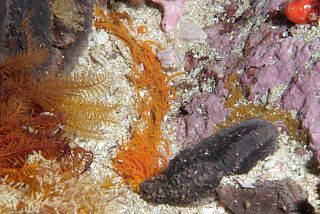
Cirriformia is a genus of marine polychaete worms in the family Cirratulidae.

Sabellastarte is a genus of marine polychaete worms in the family Sabellidae.

Chloeia is a genus of marine polychaete worms.

Eulalia is a genus of polychaete worms.
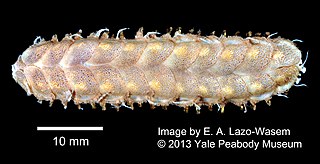
Lepidonotus is a genus of marine annelids in the family Polynoidae. The genus occurs globally and includes 80 species, usually found in shallow waters down to about 80 metres.
Aglaophamus is a genus of free-burrowing nephtyid worms.
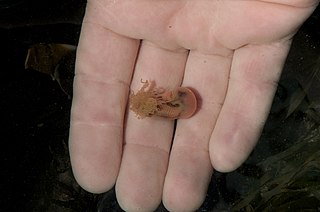
Thelepus is a genus of polychaetes belonging to the family Terebellidae.
Cirratulus is a genus of annelids belonging to the family Cirratulidae.
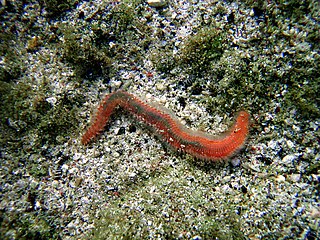
Eurythoe is a genus of polychaetes belonging to the family Amphinomidae.

Odontosyllis is a genus of annelids belonging to the family Syllidae.
Lumbrineris is a genus of polychaetes belonging to the family Lumbrineridae.















